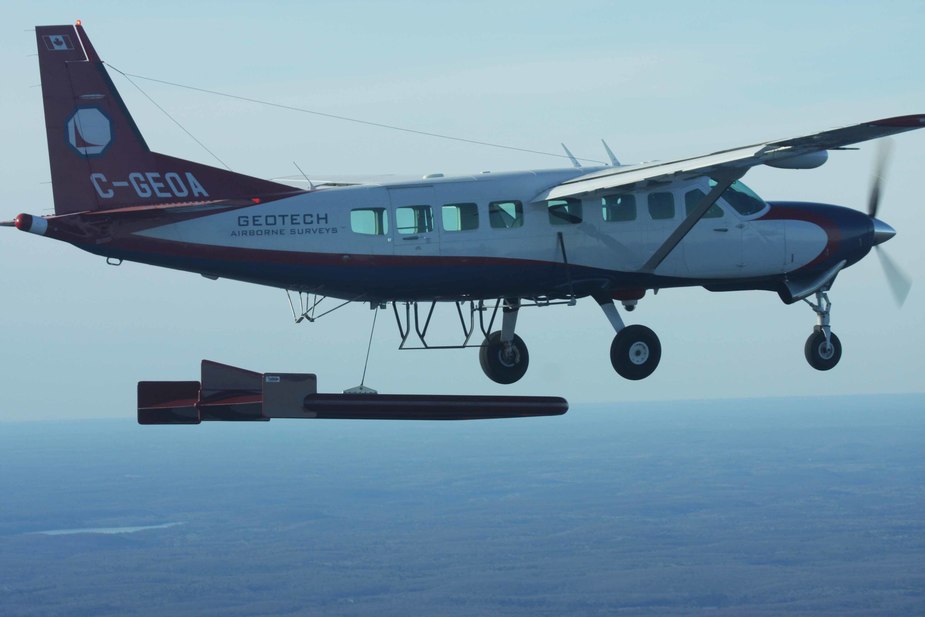Peter wrote:
Is there a proof of this formula which is applicable to every possible air inlet geometry?
That solution to Euler’s equation simply assumes streamlines don’t cross and that density doesn’t vary along a streamline which is adequate at these speeds. The condition for that form is that the air has been stopped which gives maximum pressure. A better solution valid not beyond Mach 1 is Saint-Venant’s which, according to Stanton (link), was first published in Journal de l’École polytechnique, vol 16, 1839 (link).
Rod Bower Aviation sell a ram air system for RVs. They claim 1" MP increase at 175kts, based on measurements with an RV-8. Trouble is that’s only around 3% increase in the amount of air, so 3% extra power, which will give around 1% increase in speed.
If you’re ramming air, you’re creating drag to do it. Will there be a worthwhile power increase for the drag increase?
The principle behind the Mooney was quite basic, unfiltered air, so presumably no increase in parasite/ non lift dependant drag.
You would still get a drag % increase like the ratio of engine cylinder/air intake radius to aircraft cross section, probably as much drag as fitting 20 pilot tubes 
If fitting ram air increases aircraft section or disturb air, then one will do very well working on aerodynamic perfection (e.g. wing cleaning, front gear door, engine cowl, wind screen slope…) or fitting turbos than trying to increasing manifold pressure for a non-turbo engine using ram air 
It seems counter-intuitive, because if you stick your hand out of a car window at say 70mph you feel a lot of pressure on it.
Peter wrote:
It seems counter-intuitive, because if you stick your hand out of a car window at say 70mph you feel a lot of pressure on it.
Peter wrote:
It seems counter-intuitive, because if you stick your hand out of a car window at say 70mph you feel a lot of pressure on it.
In other hand I don’t “feel” 1bar on my face tough it is equivalent to 100kN/m2 (or 7 TB20/m2  )
)
Ibra wrote:
probably as much drag as fitting 20 pilot tubes
Two of my ongoing STC approval projects are highly modified research turbine DC-3’s. The scientists like to make them prickly, with many probes and sensors, which range from zero aerodynamic effect, all the way up to “won’t climb on one engine any more” (which flight testing I co flew). The recurring installation of many sensors large and small, required the development of a program to not have to fly every combination for my certification each time sensors are changed, and to provide adequate performance data for the pilots. We developed a combination test and “count” methodology, which we have had approved for me to use each time I STC the new configuration. The “20 pitot tube” analogy came up, in that one pitot tube sized probe really has no effect whatever on the plane, but we have agreed that 20 of them might. therefore, at my request, even a zero drag item, is assigned a small drag value, so when they are summed, there is a cumulative value for performance calculation. The system works, and will prevent [my approval of] a combination of external items which take the airplane performance below the minimum requirement.
Drag accumulates in funny ways. I flew the flight test program for this “towed bird” system on a Caravan (I posted a video of a spin with it on Youtube). The bird had horrible effects on drag, to the point where the plane was climb non compliant. We were surprised, as the bird was reasonably streamlined, and not as big as a set of floats, but much worse on performance. This is it during one of my early flights:

I found that when the operator extended the bird five or so feet away from the plane, the drag went down noticeably. Cruise speed would increase five knots or so with the bird at this position, compared to stowed, or fully deployed (80 meters down). This was easily noticed by the second Caravan flying formation with me. Stowed had interference drag with the fuselage, and further extension had the drag of the rope. I made it an emergency procedure for best range and endurance to put the bird out this far. It was not a normal procedure though, in case the up latch failed, which did happen to me once. I really made an effort for a totally flat and smooth landing, and it worked.
Anyway, I drift…. for my experience, there is no free lunch aerodynamically, if you add or ask more, you’ll pay for it in drag (or money), and it might not be worth it after all…
Coincidentally I was reading the Speedjojo website which has an obsession with increasing the speed of a DR1050. Redesigning the air intake (looks like a big chin, photo) and installing a factory-new engine increased power by approx 5% and 2,5 knots. It’s not clear how much is from the engine and how much from the intake.